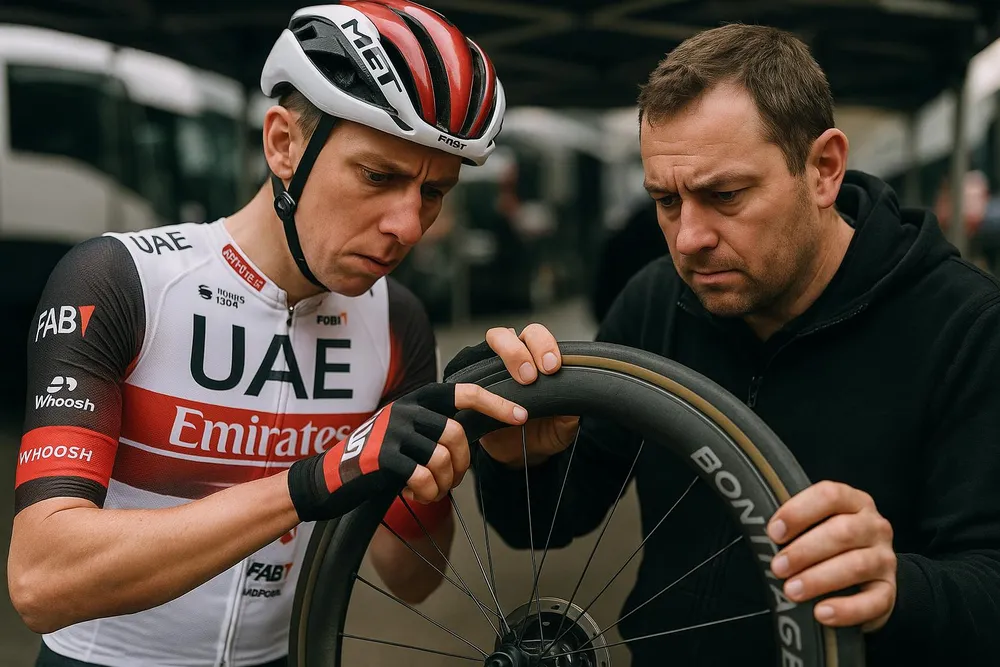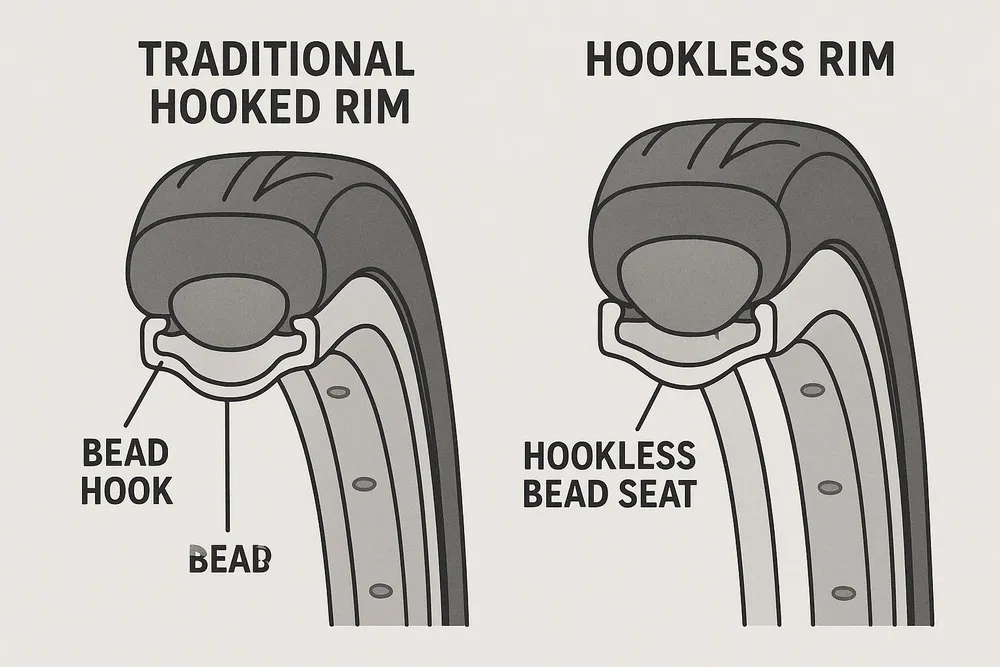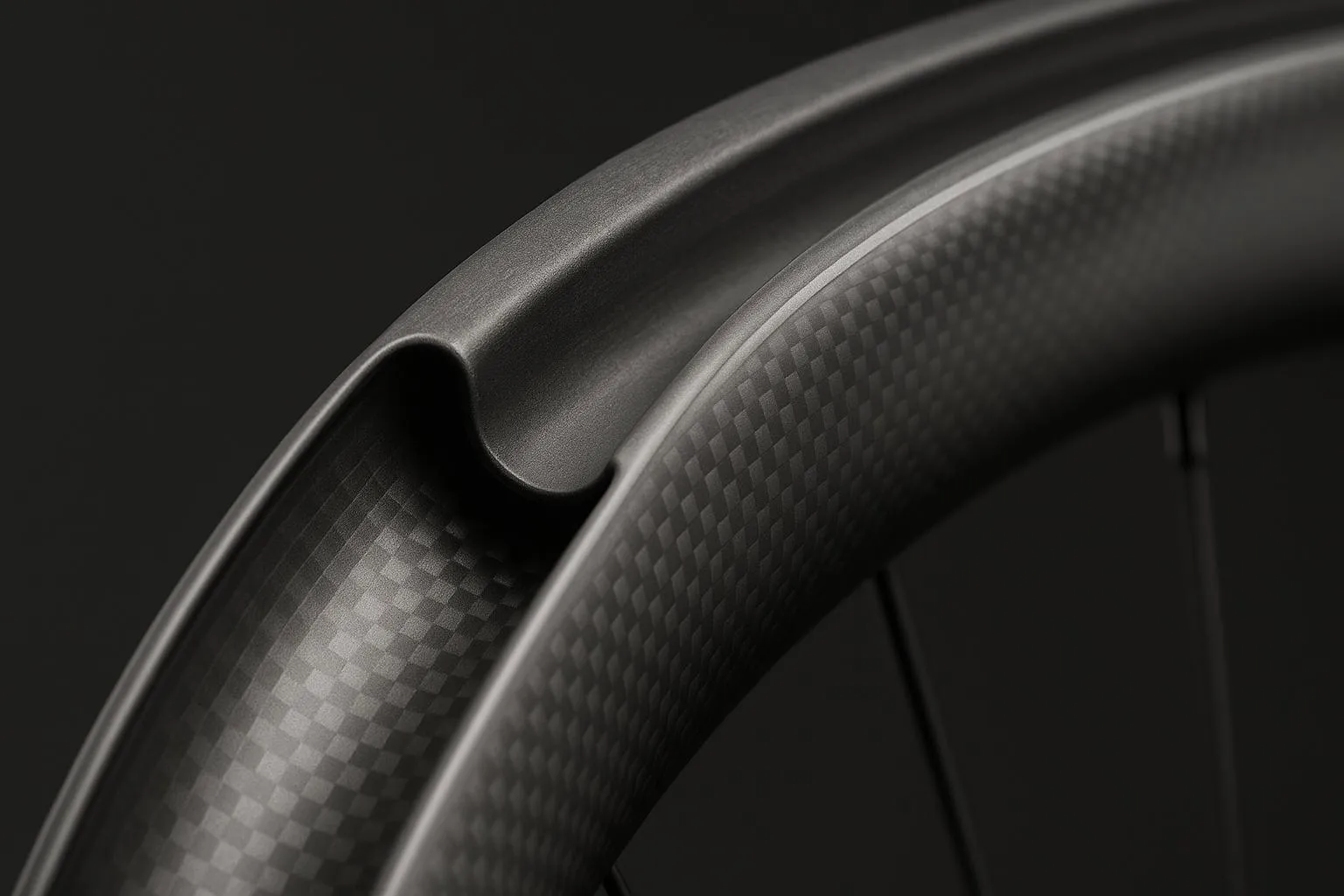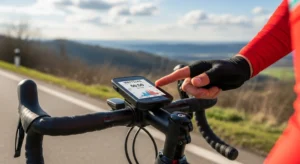It was once hailed as the future of carbon wheel technology, a innovation that promised lighter, stronger, and more aerodynamic wheels. But in 2025, the conversation around hookless rims has taken a sharp and contentious turn. A series of high-profile incidents, including a crash involving Thomas De Gendt at the 2024 UAE Tour, has sparked a fierce debate about their safety. The UCI has launched an investigation, and many professional riders are calling for an outright ban. So, what went wrong? And what does this controversy mean for the future of road cycling technology?
The Rise of Hookless: A Quest for Better Tubeless Performance
To understand the current controversy, we need to go back to the beginning. Hookless rims were first introduced to the road cycling world by companies like ENVE and Zipp as a way to optimize the performance of tubeless tires. By removing the traditional bead hook, manufacturers were able to create a more precise and consistent bead seat diameter, which is critical for achieving a reliable airtight seal with a tubeless tire. This, in turn, helped to eliminate the dreaded “burping” of air that plagued early tubeless systems.
But there was a catch. For a hookless system to be safe, the tire and rim must be perfectly matched. If the tire bead isn’t stiff enough, or if the rim’s bead seat diameter isn’t accurate enough, the tire can blow off the rim, especially at high pressures. And this is where the problems started.
A Mismatch of Technology: When Rims Outpace Tires
In their rush to bring hookless technology to market, some rim manufacturers outpaced the tire manufacturers. When Zipp and Giant went all-in on hookless around 2020, many of the most popular tubeless tires on the market, including Continental’s GP5000 TL, were not compatible with hookless rims. This created a confusing and potentially dangerous situation for consumers, who were left to navigate a complex web of compatibility charts and warnings.
In the years since, most major tire manufacturers have introduced hookless-compatible tires. However, the issue of standardization remains. The ETRTO (European Tyre and Rim Technical Organisation) has established a maximum pressure limit of 72.5psi (5 BAR) for hookless rims, but some manufacturers have developed their own proprietary systems that they claim are safe at much higher pressures. This lack of a universal standard has only added to the confusion and concern surrounding hookless technology.

The Pro Peloton Pushes Back: Safety Concerns Reach a Tipping Point
The simmering tensions over hookless rims finally boiled over in the professional peloton. After a series of high-profile incidents, including De Gendt’s crash, many riders began to speak out about their safety concerns. The CPA (Cyclistes Professionnels Associés), the professional cyclists’ association, called for a ban on hookless rims, and the UCI responded by launching an investigation into their safety. The fact that only three of the 23 teams at the 2025 Tour de France were using hookless rims speaks volumes about the level of concern in the pro ranks.
The Road Ahead: What Does the Future Hold for Hookless Rims?
The future of hookless rims is now very much in question. The UCI’s investigation will be a critical turning point, and its findings could have a major impact on the future of road cycling technology. In the meantime, the industry is scrambling to address the safety concerns. Some companies, like Zipp and Goodyear, are collaborating on integrated rim and tire “systems” that are designed to work together seamlessly. Others are focusing on developing new tire bead technologies that are more secure and reliable.

For the average cyclist, the hookless rim controversy is a cautionary tale. It’s a reminder that new technology is not always better technology, and that it’s important to do your research before you invest in a new set of wheels. If you are considering going hookless, make sure you choose a reputable brand and that you use only compatible tires. And always, always follow the manufacturer’s recommended pressure guidelines. The future of hookless rims may be uncertain, but one thing is for sure: the safety of the rider must always come first.
For more insights on cycling and technology, explore our comprehensive guides on Tubeless Tire Technology Revolution: Why Hookless Rims and Sealant are the Future of Cycling in 2025, and Bike Radar Technology: How Safety Systems Are Giving Cyclists Confidence to Take the Lane in 2025.
Explore additional resources on BikeRadar: Pro riders want hookless rims banned – do they have a future in road cycling?, UCI Statement on Hookless Rims, ENVE Composites: The Benefits of Hookless Rims, Zipp Speed Weaponry: Hookless Rim Technology, and ETRTO Standards Manual.




